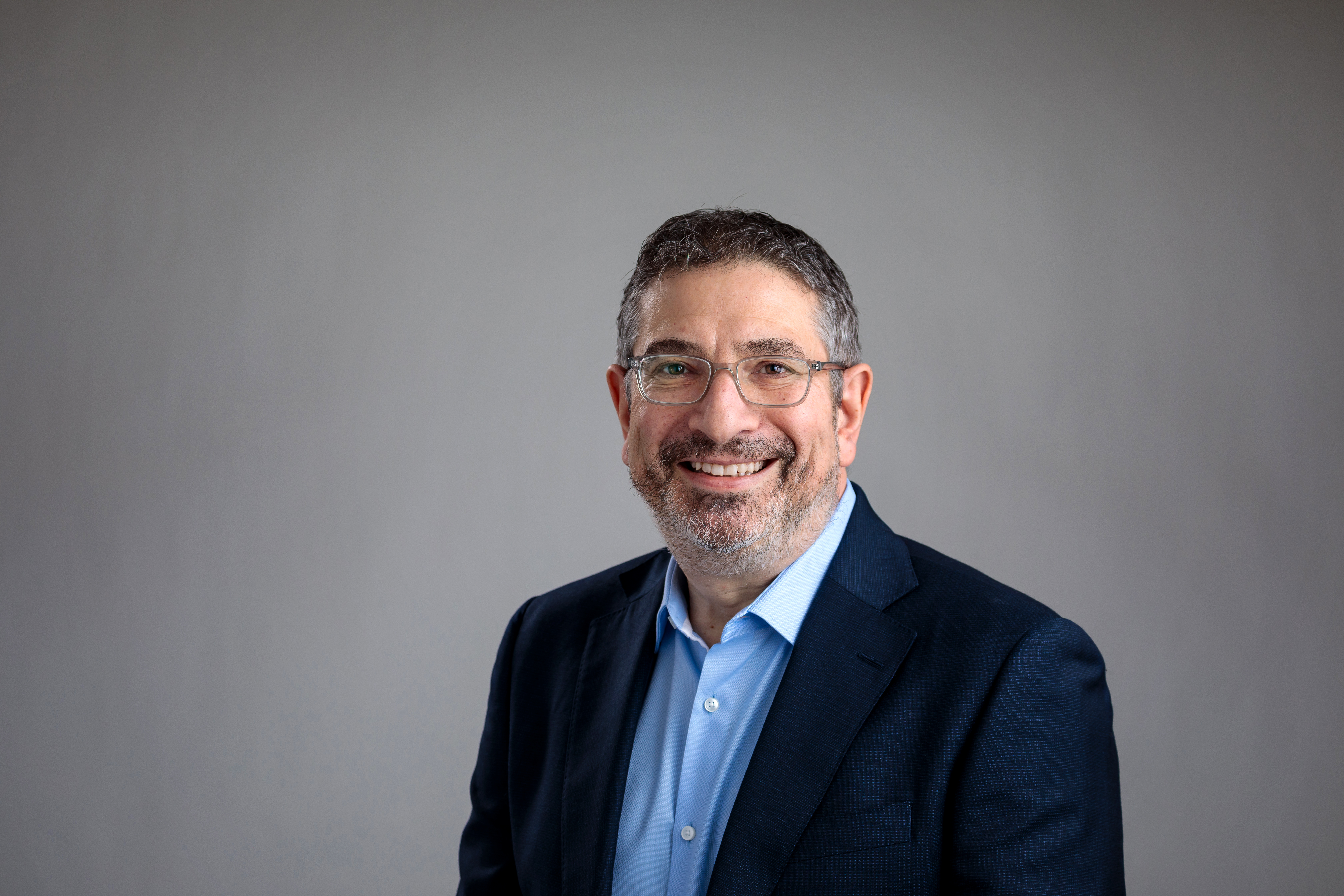From Silence to Significance: The Case for Sharing Your Research
Dan Gaylin
President & Chief Executive Officer
May 2024
Little known fact—I almost quit NORC.
It was 2009, and I was head of research programs at NORC. Three research reports on important and far-reaching topics were scheduled to come out simultaneously. At that time, our communications capability as an organization was extremely limited, which meant that we had virtually no ability to get the word out about our research.
I had been troubled by this for a while, but my concern really peaked with no ability to create meaningful dissemination on three very valuable studies. To me, this was a missed opportunity to accomplish a key part of NORC’s mission—impact! There’s no point in doing research only to have it sit on a shelf. So, riding the wave of my frustration, I walked into my boss’s office (CEO John Thompson, who is a wonderful friend and mentor) and threatened to quit if we didn’t start investing more into sharing our research by building a dedicated communications function for NORC.
Thankfully, and to his credit, he tolerated my tantrum, listened, and we went on to build a thriving strategic communications team. But the lesson remains just as important today—the value of our research is not the studies and reports themselves, but how the insights from the research get applied in the real world to improve the health and well-being of people around the world. In my view, it is our obligation to share our data and tell the stories that the data embody. This obligation is to all of our stakeholders, but in particular we owe it to the people who generously offer us the opportunity to learn more about them as we conduct the research.
I’ve tried to embody this philosophy throughout my career. Back when I was a project director, one of the habits I developed when I checked in with project teams was kicking off the meeting discussing research impact. So instead of asking the expected questions on budget, task status, or customer satisfaction, I’d lead with, “What have you done this week to ensure that the people who care about this subject matter know about the important work you're doing?”
That was the early start of my appreciation of the importance of research communication, and my recognition that it’s an important skill and one that doesn’t always come naturally to researchers. In fact, I’ve come to learn that to do this well, the researchers need to work in partnership with a team of talented communications professionals. And there is both an art and a science to effective research communication.
Take, for example, a recent NORC research project I posted about on LinkedIn last month. It is the first ever state- and county-level hearing loss prevalence research. Current epidemiological estimates for hearing loss lack the geographic or demographic detail necessary for public health planning and intervention. Therefore, NORC used examination-based measurements from the National Health and Nutrition Examination Survey (NHANES), along with Medicare claims and encounter data, to estimate the total amount of hearing loss at the national level. We utilized data on self-reported hearing difficulty from the American Community Survey (ACS) and other data sources to assess variation in hearing loss at the county level and among groups that are underrepresented in examination studies.
But what if we stopped there and took an “if we build it, they will come” mentality? It’s not enough.
We, as an organization, as researchers, and as individuals, must create a plan to share the work far and wide so that policymakers can make informed decisions. Moreover, our client for the project also understands the importance of strong dissemination and encouraged us not to stop with simply collecting and analyzing the data. To enhance awareness and education about hearing loss, NORC focused on developing an appealing, highly usable hearing loss website to house the study information, educational resources, and an interactive state- and county-level map. In addition to publishing a peer-reviewed journal article in The Lancet Regional Health Americas, our researchers, partners, and staff took the time to develop and implement an outreach plan to media and key stakeholders through multiple e-mail and social media channels. That’s our task—the final mile in our mission to create critical data and information to inform society’s most pressing challenges: build it, yes, but then ensure the information is shared far and wide so it gets the attention and focus it needs to make a difference.
So why am I sharing all of this today? I’ve come to realize that talking about this internally and building up our communications team are important steps, but they are only part of the job. NORC and organizations like us need to help all of our stakeholders—including the general public—access and use our data effectively and understand the reasons why the data are valuable.
In a world where people are overwhelmed with information and worried about the quality of information they are getting or frustrated when they don’t know where to get factual data, I would argue our role at NORC has evolved not just to produce reliable, trustworthy information, but also to facilitate access to the information, and help people understand why particular data may (or may not) be a fit for the purpose they are using it.
So, to better serve our mission, this is the first of many articles and thoughts I’ll share more regularly, here and on LinkedIn. I’ll highlight NORC research, data best practices I see across our industry, and ways we can improve our research acumen and dissemination methods. I hope you’ll join me and share your thoughts along the way to help us all become a little more data-savvy.




